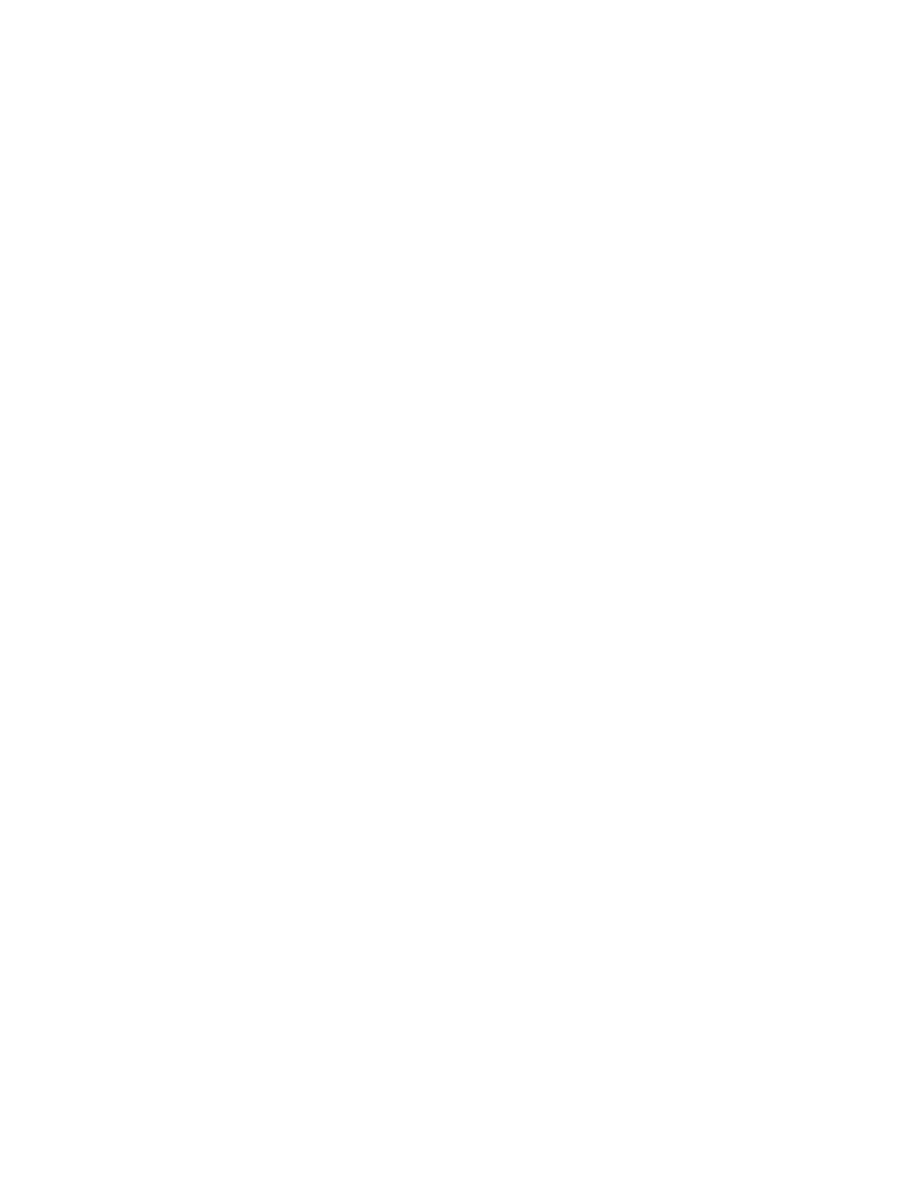
429
Federal Aviation Administration, DOT
§ 135.129
(C) Seats that do not qualify under
paragraphs (a)(2)(ii)(A) and (a)(2)(ii)(B)
of this section must bear a label or
markings showing:
(
1
) That the seat was approved by a
foreign government;
(
2
) That the seat was manufactured
under the standards of the United Na-
tions;
(
3
) That the seat or child restraint
device furnished by the certificate
holder was approved by the FAA
through Type Certificate or Supple-
mental Type Certificate; or
(
4
) That the seat or child restraint
device furnished by the certificate
holder, or one of the persons described
in paragraph (a)(2)(i) of this section,
was approved by the FAA in accord-
ance with § 21.8(d) of this chapter or
Technical Standard Order C–100b, or a
later version. The child restraint de-
vice manufactured by AmSafe, Inc.
(CARES, Part No. 4082) and approved
by the FAA in accordance with
§ 21.305(d) (2010 ed.) of this chapter may
continue to bear a label or markings
showing FAA approval in accordance
with § 21.305(d) (2010 ed.) of this chapter.
(D) Except as provided in
§ 135.128(a)(2)(ii)(C)(
3
) and
§ 135.128(a)(2)(ii)(C)(
4
), booster-type
child restraint systems (as defined in
Federal Motor Vehicle Safety Standard
No. 213 (49 CFR 571.213)), vest- and har-
ness-type child restraint systems, and
lap held child restraints are not ap-
proved for use in aircraft; and
(iii) The certificate holder complies
with the following requirements:
(A) The restraint system must be
properly secured to an approved for-
ward-facing seat or berth;
(B) The child must be properly se-
cured in the restraint system and must
not exceed the specified weight limit
for the restraint system; and
(C) The restraint system must bear
the appropriate label(s).
(b) Except as provided in paragraph
(b)(3) of this section, the following pro-
hibitions apply to certificate holders:
(1) Except as provided in § 135.128
(a)(2)(ii)(C)(
3
) and § 135.128
(a)(2)(ii)(C)(
4
), no certificate holder
may permit a child, in an aircraft, to
occupy a booster-type child restraint
system, a vest-type child restraint sys-
tem, a harness-type child restraint sys-
tem, or a lap held child restraint sys-
tem during take off, landing, and
movement on the surface.
(2) Except as required in paragraph
(b)(1) of this section, no certificate
holder may prohibit a child, if re-
quested by the child’s parent, guardian,
or designated attendant, from occu-
pying a child restraint system fur-
nished by the child’s parent, guardian,
or designated attendant provided:
(i) The child holds a ticket for an ap-
proved seat or berth or such seat or
berth is otherwise made available by
the certificate holder for the child’s
use;
(ii) The requirements of paragraph
(a)(2)(i) of this section are met;
(iii) The requirements of paragraph
(a)(2)(iii) of this section are met; and
(iv) The child restraint system has
one or more of the labels described in
paragraphs (a)(2)(ii)(A) through
(a)(2)(ii)(C) of this section.
(3) This section does not prohibit the
certificate holder from providing child
restraint systems authorized by this
or, consistent with safe operating prac-
tices, determining the most appro-
priate passenger seat location for the
child restraint system.
[Doc. No. 26142, 57 FR 42676, Sept. 15, 1992, as
amended by Amdt. 135–62, 61 FR 28422, June
4, 1996; Amdt. 135–100, 70 FR 50907, Aug. 26,
2005; Amdt. 135–106, 71 FR 40010, July 14, 2006;
71 FR 59374, Oct. 10, 2006; Amdt. 135–130, 79 FR
28812, May 20, 2014]
§ 135.129
Exit seating.
(a)(1)
Applicability.
This section ap-
plies to all certificate holders oper-
ating under this part, except for on-de-
mand operations with aircraft having
19 or fewer passenger seats and com-
muter operations with aircraft having
9 or fewer passenger seats.
(2)
Duty to make determination of suit-
ability.
Each certificate holder shall de-
termine, to the extent necessary to
perform the applicable functions of
paragraph (d) of this section, the suit-
ability of each person it permits to oc-
cupy an exit seat. For the purpose of
this section—
(i)
Exit seat
means—
(A) Each seat having direct access to
an exit; and
(B) Each seat in a row of seats
through which passengers would have
VerDate Sep<11>2014
08:20 May 17, 2019
Jkt 247048
PO 00000
Frm 00439
Fmt 8010
Sfmt 8002
Y:\SGML\247048.XXX
247048